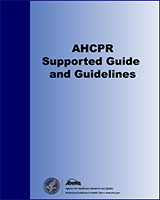From: 2, Understanding Incontinence: A Patient's Guide

AHCPR Consumer Guides.
Agency for Health Care Policy and Research (US).
Rockville (MD): Agency for Health Care Policy and Research (US); 1992-1996.
NCBI Bookshelf. A service of the National Library of Medicine, National Institutes of Health.